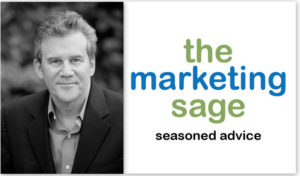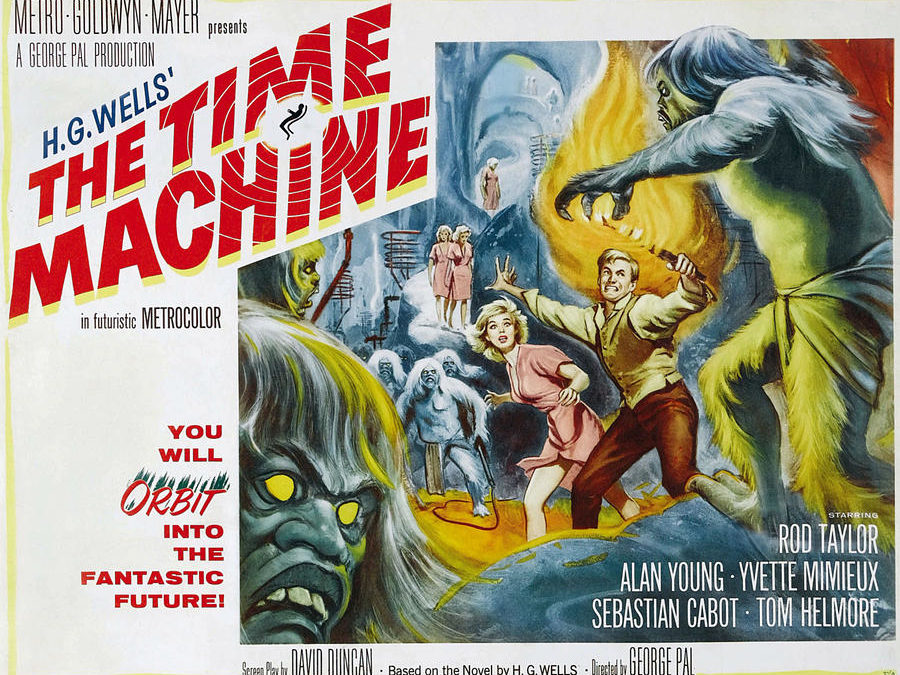We pour massive amounts of time into creating a brand. But when you think of your brand on a conveyor belt heading toward next year and the future – all bets are off. Your customer’s needs will change, and your competitors will respond, and your channels of distribution might be dramatically different.
Where should your brand be heading?
If you focused on meeting the quarterly sales goals, you barely have time to lift your head up to think about what might be happening in the next few years.
Marketers need to be looking ahead to understand the world their brand will live in – not just where it lives today.
Market research about consumer’s current behavior helps. But you need guidance on where the trend lines are heading for your category.
Will more consumers visit your website next year or will they just be on your Facebook page? Will your consumers be faced with three new competitive choices in your category and will your brand look like old news? What type of world will you be marketing in 24 months from now? How will the current trends effect your brand decisions today?
The Tomorrow Meeting
Once a year, a marketing leader should organize a tomorrow meeting.
A tomorrow meeting is a make believe meeting that pretends to occur one or two or five years in the future. The agenda is to review the current situation (but is based on your expectation of various future scenarios). In simple terms, imagine taking your team in your Time Machine (or Delorean) and setting the date out a few years. What will you find?
The value in this meeting is that you allow your colleagues to speculate what the future might look like based on the trend lines you see in your business. You develop scenarios that you name that outline outcome. Strategic planners call this work scenario planning which is a flexible way to set strategy based on various outcomes.
For example:
- More people give up print and move to an online publication.
- Fewer people shop in stores, and the majority of their purchases are online.
- Pricing pressure causes margins to collapse in your category and the old distribution system slowly disappears.
- Web sites become less relevant to a brand.
- Experiences become more valuable than branded advertising.
- Our competitor will have so much capacity that they will put significant pressure on our margins.
- Consumers will continue to fear GMO’s and move away from conventional foods toward organics.
- Customers will eat out less and cook more at home.
- Fast food chains will slowly be losing clients and will be replaced by healthier alternatives sold in grocery, convenience stores and new types of vending machines.
By pretending to live in the future, you get to develop insights about the impact that trends might have on your brand and your business.
What to Do?
The takeaway from this tomorrow meeting is to say if we know that in two years three things will be true, what should we do about it today? What action can you take that might have you place a bigger bet on one marketing activity based on where the trend is leading you.
The Pause That Refreshed. Soft drink giants like Coca-Cola have tomorrow meetings. They call it something different internally but they do scenario planning that allowed them, many years ago to realize that carbonated soft drinks sales were going south and would be replaced by other types of beverages.
So they invested in juice, water, and coffee. The pulled back their dollars on advertising and realigned their marketing investments to help jump start new areas for liquid refreshment. They saw the writing on the walls years before the consumer reduced their per capita consumption of traditional cola beverages and were marketing toward the future.
What lessons are awaiting you from tomorrow? The time to act is now.
Need help to do scenario planning and running a tomorrow meeting? Call me today, tomorrow or in three years. 919 720 0995.
Photo credit: https://en.wikipedia.org/wiki/The_Time_Machine_(1960_film)





